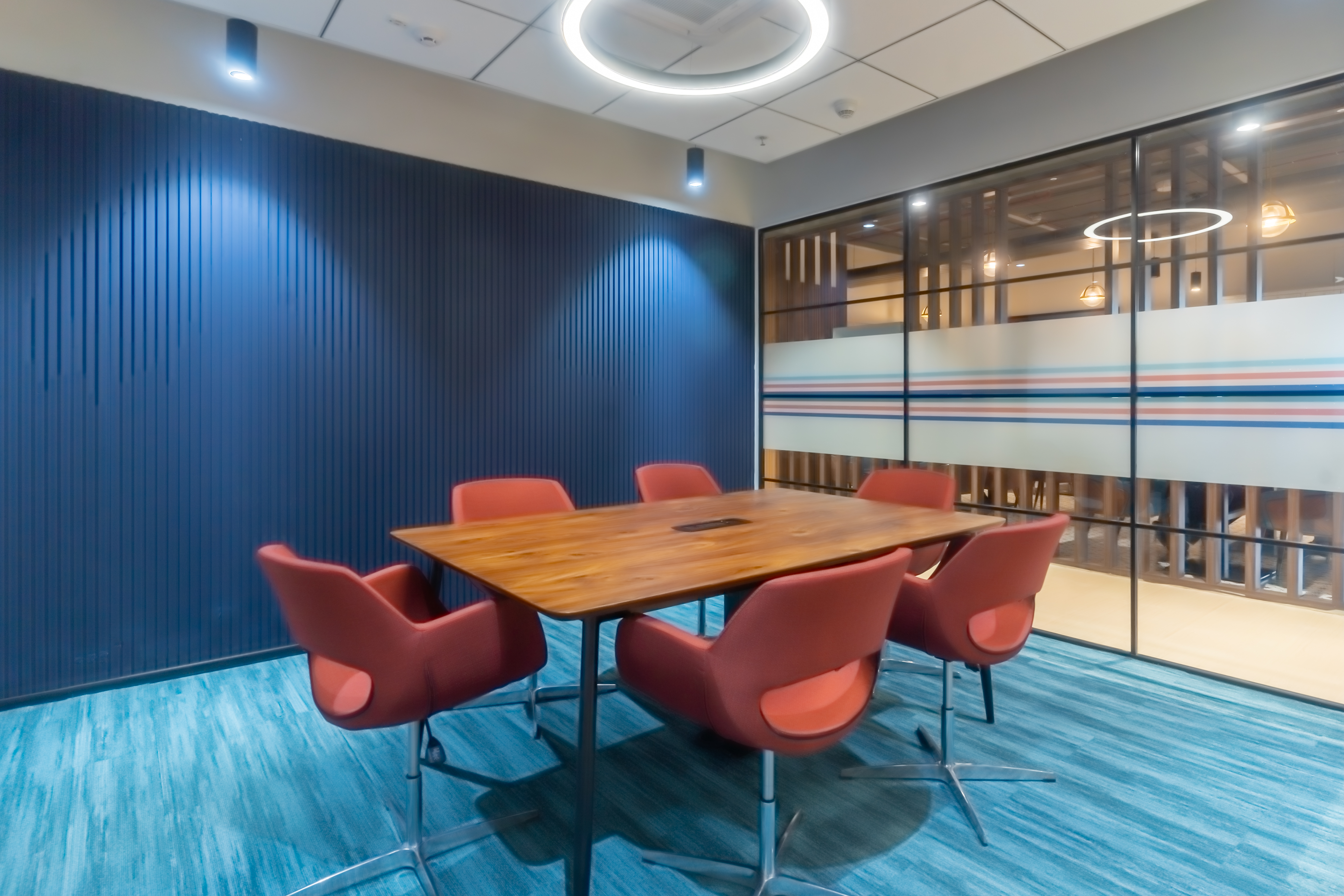The way we work has transformed dramatically, and so have our office spaces. Long gone are the days when traditional offices were the only option. Today, businesses have access to different types of office spaces, each designed to cater to varying work styles and professional needs. Whether you’re a startup seeking flexibility, a growing enterprise looking for a collaborative setting, or a freelancer craving a productive environment, choosing the right workspace plays a key role in your success. In this blog, we will explore the different types of offices and their functions, helping you find a space that will improve your efficiency, collaboration, and growth.
Types of Office Spaces
Here are different kinds of offices, each designed to suit unique business needs and work styles.
Traditional Office
A traditional office is a dedicated workspace leased or owned by a company. It provides a structured environment with private cabins, meeting rooms, and designated desks. This setup is ideal for businesses that require confidentiality, stability, and a strong corporate identity. Traditional offices allow for customized layouts and branding but come with higher costs due to long-term leases and maintenance expenses.
Open Office
Among the different kinds of offices, an open office layout stands out for eliminating physical barriers, promoting collaboration and communication. Workstations are arranged in an open space with minimal partitions, allowing employees to interact freely. While this setup enhances teamwork, it can sometimes lead to distractions. Many businesses opt for open offices to encourage creativity and a dynamic work culture.
Virtual Office
A virtual office is a modern addition to the various types of offices, offering businesses a prestigious address, phone services, and administrative support—all without the need for a physical workspace. This option is perfect for remote teams, freelancers, and startups looking to establish a professional presence without the overhead costs of a traditional office. Virtual offices enable companies to operate flexibly while maintaining credibility with clients. This setup is just one of the various types of offices available today, catering to different needs and preferences for modern businesses.
Coworking Space
Coworking spaces are a popular choice among the different kinds of offices, providing shared work environments where individuals and businesses from different backgrounds work under one roof. These spaces offer flexibility, networking opportunities, and cost-effective solutions. Startups, freelancers, and remote workers often prefer coworking spaces as they provide amenities like high-speed internet, meeting rooms, and community events. This type of office space encourages innovation and collaboration.
Shared Office
A shared office is a hybrid between a traditional office and a coworking space. In this model, multiple businesses share a single office, splitting costs while maintaining a professional environment. Shared offices offer flexibility in leasing terms and access to common facilities, making them a practical choice for small businesses and startups looking for an affordable workspace.
Private Office
A private office is an enclosed space within a larger office setup, providing privacy and exclusivity. This type of office space is ideal for businesses that require confidentiality, such as law firms, financial institutions, and consulting agencies. Private offices allow for a quiet and focused work environment while offering access to shared amenities like meeting rooms and common areas.
How Workplaces Are Changing Over Time
The concept of office spaces is evolving to meet modern work trends and employee expectations, giving rise to various types of offices that offer flexible solutions to suit diverse business needs. Several factors are influencing this transformation.
Sustainability
Businesses are increasingly prioritizing sustainability in office design. Energy-efficient lighting, green spaces, and eco-friendly materials are becoming standard in various types of office spaces. Companies are opting for offices that promote environmental responsibility, reducing their carbon footprint and operating costs.
Wellness
Employee well-being is now a key consideration in different kinds of offices. Features like ergonomic furniture, natural lighting, and recreational areas are being incorporated to enhance workplace comfort. Different types of office spaces are integrating wellness-focused designs to improve productivity and job satisfaction.
Inclusivity
Modern workplaces are becoming more inclusive by accommodating diverse needs. Different kinds of offices are now designed to be accessible to differently-abled individuals and support a multicultural work environment. Flexible work arrangements, gender-neutral restrooms, and quiet zones are some inclusivity measures being adopted in different types of office spaces.
How to Choose the Right Office Space for Your Business
Selecting the right office space depends on several factors, including budget, team size, work style, and business objectives. Here are some key considerations:
- Assess Your Needs: Determine whether your team requires a collaborative, private, or hybrid workspace.
- Location Matters: Choose an office space that is easily accessible for employees and clients.
- Flexibility: Look for different types of office spaces that allow scalability as your business grows.
- Budget: Evaluate costs, including rent, utilities, and maintenance.
- Amenities: Ensure the office provides essential facilities like high-speed internet, meeting rooms, and security.
Conclusion
The workplace landscape has transformed, offering various types of office spaces to suit different business needs. Whether you prefer a traditional office, a coworking space, or a virtual office, there are multiple options to explore. As work culture continues to evolve, businesses must choose different types of office spaces that enhance productivity and collaboration.




